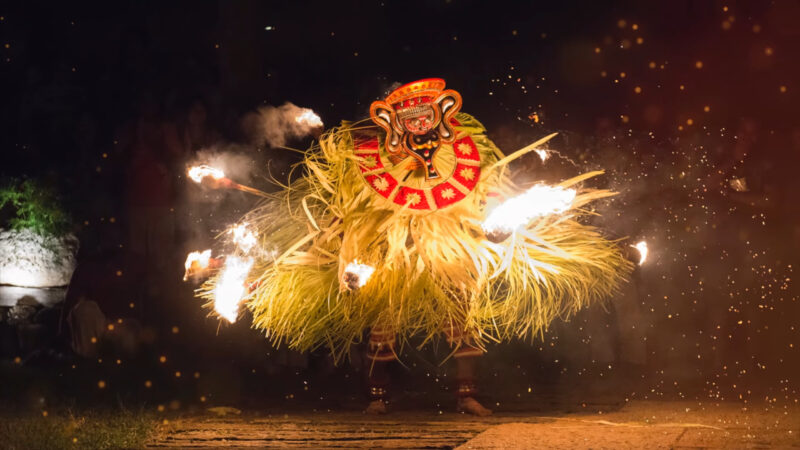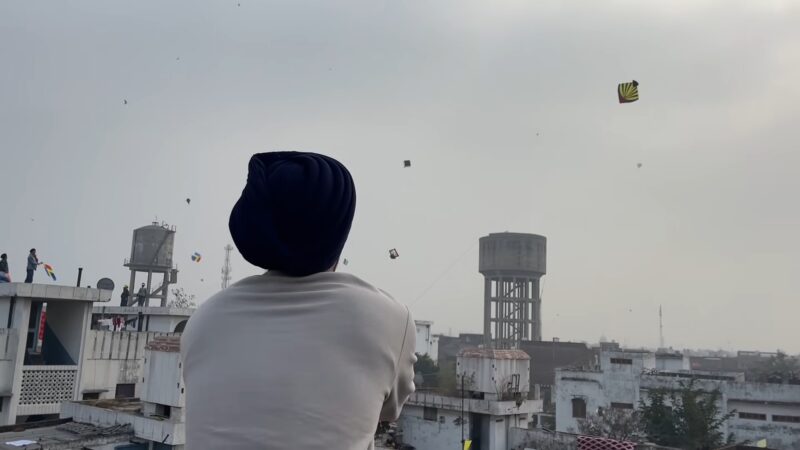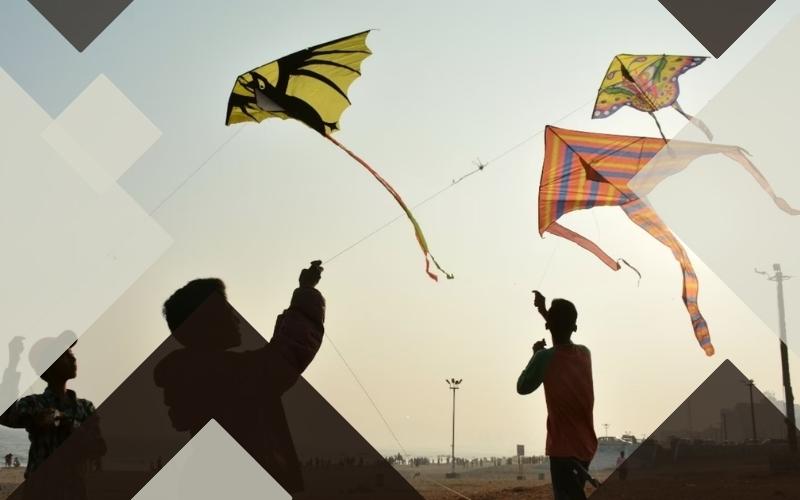India is a land of festivals and traditions. The festival of Makar Sankranti is one of the very first ones to be observed in our nation each year. But why do we celebrate this festival? What is the history of this festival? What is the meaning of Makar Sankranti?
Every year, Makar Sankranti is observed in January to mark the end of the winter season and the start of the new harvest season. It symbolizes the Lord Sun. The festival is known as Makar Sankranti because the sun enters the sign of Capricorn, or Makar in Hindi, on this fortunate day.
One day after Lohri comes Makar Sankranti. From the day of Makar Sankranti, the sun begins its northward journey; hence the festival is also known as Uttarayan (the northward movement of the sun). Before Makar Sankranti, the sun is in the southern hemisphere.
For this reason, in India nights are longer and days are shorter in winter. But with the Makar Sankranti, the sun starts its journey toward the northern hemisphere, and so days will be longer and nights become shorter.

Now to the history of Makar Sankranti. Sankranti was believed to be the avatar of a goddess. According to a legend, Devi Sankranti killed a devil named Sankarasura. The next day to Makar Sankranti is called Karideen or Kinkrant. It was the day the goddess killed the demon Kinkarasura. Makar Sankranti is celebrated with different names across different parts of India. This festival is known by different names called Uttarayan, Bhogi, Mela, Sankranti, Maghi, and Makar Sankranti.
During the festival, people worship the Sun God, take holy dips in sacred water bodies, offer alms to the needy, fly kites, make sesame and jaggery sweets, and worship animals while farmers across India harvest crops. All the girls wake up early in the morning to make Rangoli (decorative patterns on the floor) in different colors.

One day before the festival, Lohri is celebrated with enthusiasm, mainly in Haryana and Punjab. In Uttar Pradesh, it is celebrated as the festival of donation, which continues for one month on the confluence of Ganga, Yamuna and Saraswati rivers. In Tamil Nadu, the festival is celebrated as Pongal for four days. In Gujarat, a kite festival is organized on the occasion of Makar Sankranti. Makar Sankranti is a very important festival and signifies India’s unity despite its diversity.

